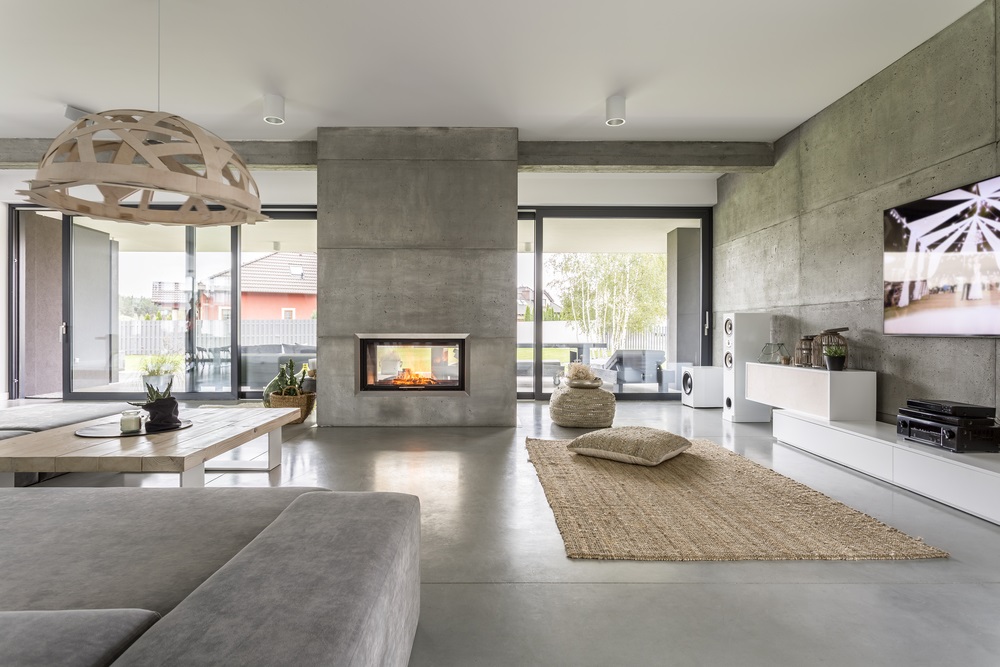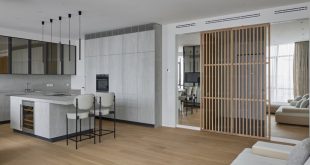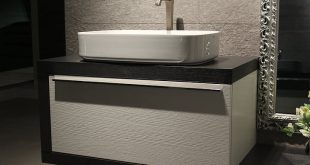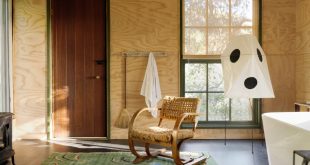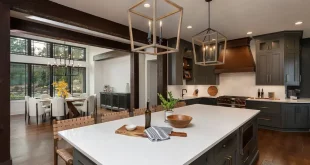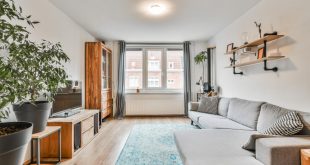Scandia is a region in Northern Europe that includes Denmark, Sweden, Norway, and Finland. It’s a place where the weather is cold, the landscape is vast, and there are lots of forests. There are also lots of lakes and rivers. People love going outdoors here because it’s beautiful and relaxing. When they get back inside, they like to decorate their homes with light colors, wood furniture, and other natural materials. They also like to keep things simple, using few decorations and keeping everything organized. Their homes feel calm and welcoming.
Scandinavian design is a style that combines simplicity and functionality with timeless aesthetics. It is also a style that emphasizes natural light, clean lines, and a neutral palette. A Scandinavian space may not necessarily be white, but it will likely feature a lot of wood and other natural materials. It is a style that is often associated with minimalist design and Scandinavian furniture. However, there are many different styles within Scandinavian design, including Nordic, Neo-Nordic, Danish Modern, Functionalist, and Transitional.
The best way to start thinking about your own home is by looking at what you already have. You can use this as inspiration for creating a new look or simply as an outline of how you want your house to look. If you’re planning to remodel, then you’ll need to take into account the size of your current living spaces and make sure that all rooms work together well. The kitchen should connect to the dining room and the living room so that everyone has easy access to food and drinks. You might even consider adding a breakfast nook if you don’t currently have one.
- Minimize
Minimize design is all about creating a balance between form and function. It focuses on openness, simplicity, and balance. It also favors minimalist aesthetics, using minimalistic colors, shapes, and textures to create an environment that feels spacious and uncluttered. Minimalism doesn’t mean everything needs to be empty though. Instead, it means finding the perfect amount of clutter. Too much stuff can feel overwhelming, while too little can leave your space feeling cold and sterile.
To get started, there are many ways to create a space that feels right to you. You may choose to start small—with a single piece of furniture or an accent wall. Or you could go big and transform every inch of your house. As you become more comfortable with your style, you might even consider starting a collection of pieces that reflect what you love. But whatever you do, remember: don’t sweat the details. If you’re not sure whether something will fit in with your style, just ask yourself: Will I enjoy using it? Is it practical? Does it bring me joy? These questions will help you determine if you should keep it or toss it out. If you’ve answered yes to all three, then it’s probably worth adding to your collection.
- Styled Linens
Scandinavians love to relax. They don’t like to feel confined to a space or to have their lives controlled by others. They prefer to be free and independent. They also enjoy nature and spend time outdoors. This means that they tend to stay connected to the outside world through their windows. To them, the view from the window is just as important as the view from the street. In fact, they believe that the view from the window can change the mood of the entire room. So when designing a space, they try to incorporate as many views as possible.
- Natural Materials
In Scandinavia, there is an appreciation for nature. Historically, natural resources in Scandinavian counties were scarce. Therefore, people had to learn to work well with nature and understand and appreciate it. This appreciation for nature came through in the way Scandinavians spent time outdoors, and in their homes. You can also honor nature as a Scandinavian Design Principle by using natural elements, like light and bright wood, natural sculptures, houseplants, and natural fabrics and upholstery, like wool, mohair and sheepskin, linen, burlap, and jute. Use plants and natural items in vignettes. Allow sunlight and views from outside. Whenever possible, use eco-friendly materials in your home.
- Hygge Adding
Hygge is the key ingredient to Scandinavian design. Hygge is an ancient concept that means “cozy togetherness.” It is also a term that describes the feeling of warmth and comfort that comes from spending time with family and friends. When designing a space, it is important to create a sense of coziness. People will spend more time in your space if they feel at ease.
Hygge is all about relaxing and enjoying yourself. To increase hygge, you should add things that remind you warm and comfortable. Candles, soft blankets, and fluffy slippers are great additions to any living space. If you have a fire place, make this a focal spot and gathering place. Personal touches that make you happy are also important. Try not to be afraid to keep throw bedding rumpled, covers unmade, and well-liked items in plain sight. And when planning the design of your rooms, try creating oases of comfort, like cozy chairs for reading and sipping tea. See our guide on hygge for more tips on how to bring this Scandinavian concept to your life and your home.
- Neutral Palette
A neutral color palette is simple yet sophisticated. Think earth, stone, and woods with pops of brighter color like reds, oranges, yellows, greens, and pinks. Lighter wall paint gives lightness. Wood floors and walls give warmth and depth. Accents provide interest and contrast. Large blocks of color makes the space feel bigger and more exciting. Smaller accents bring out the excitement of the space. Bright and bold colors add life to any space. When you think about your own style, what colors jump out at you? Try using them in your next project!
- Hyper-Editing
Scandinavian interiors are nothing if it isn’t an exercise in extreme restraint, and they are often minimalist and monochromatic. But they don’t just stop at the basics. They also go beyond the standard white walls and neutral furniture. There are many ways to achieve this look. You can start with a well-edited collection of art pieces, then add layers of patterned rugs and textiles. Or you can focus on the details. Try using a single piece of artwork on the wall and adding a few extra framed photos around the room. For even more impact, try changing out your lighting fixtures.
Conclusion
The Scandinavian style has been growing in popularity over the past decade. The clean lines, minimalism, and simplicity of these spaces are appealing to many. By following some basic principles, you too can incorporate some of this style into your home. Remember that Scandinavian design is meant to inspire you to live a simpler, healthier, happier lifestyle. Look around and you can find some great ideas and interior design styles for your next home renovation project. So get inspired and start decorating today!
 World inside pictures Collect and share the best ideas that make our life easier
World inside pictures Collect and share the best ideas that make our life easier
